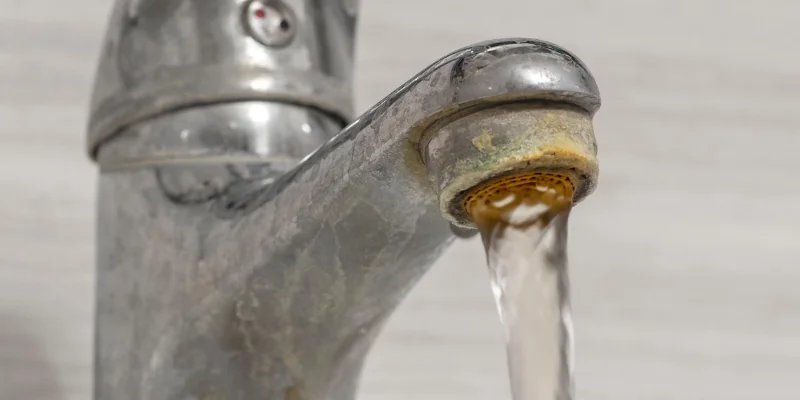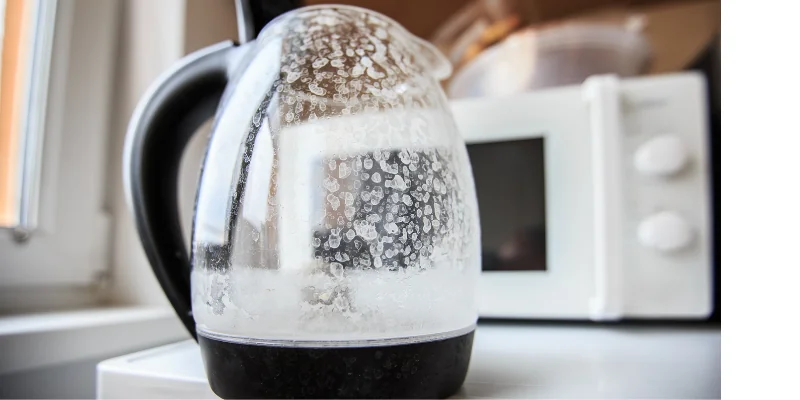
Water softeners are a must-have for homes dealing with hard water issues. Among the various types available, ion exchange water softeners are the most common and effective. But how does something “soften” water? Keep reading to learn more about these essential home devices.
The Difference Between Hard and Soft Water
You might wonder why liquid water would ever be considered “hard” or “soft”. Hard water contains high levels of calcium and magnesium, which form insoluble compounds. That means the minerals precipitate out of water as solid deposits—hence the term hard. These minerals cause scale buildup in pipes and appliances. In contrast, soft water has fewer of these types of minerals.
Any minerals found in soft water would be dissolved (think table salt) and would not lead to scale buildup or other issues caused by hard water.

What is an Ion Exchange Water Softener?
An ion exchange water softener is a device designed to remove hardness-causing minerals, primarily calcium and magnesium, from your water supply. Hard water can lead to several problems, including scale buildup in pipes, reduced efficiency of water-using appliances, and skin irritation. By converting hard water into soft water, these softeners help protect your home and improve your water quality.
How Do Ion Exchange Water Softeners Work?
The process of ion exchange involves replacing the hard minerals in the water with sodium or potassium ions (soft minerals). Here’s a step-by-step breakdown of the components and how they work:
- Resin Beads: The core component of an ion exchange water softener is a tank filled with resin beads. These beads are coated with sodium or potassium ions.
- Hard Water Entry: As hard water enters the softener tank, it flows through the resin beads.
- Ion Exchange: The resin beads attract and hold onto the calcium and magnesium ions, which are positively charged. In exchange, the beads release sodium or potassium ions into the water. This process effectively removes the harder minerals and replaces them with non-hardness ions.
- Regeneration Cycle: Over time, the resin beads become saturated with calcium and magnesium. The softener then enters a regeneration cycle, where a brine solution (containing a high concentration of sodium or potassium) flushes the beads, washing away the accumulated minerals and recharging the beads with fresh sodium or potassium ions.
Benefits of Ion Exchange Water Softeners
- Improved Water Quality: By removing hard minerals, these softeners provide water that is gentler on your skin and hair and better for cleaning.
- Protection for Appliances: Soft water helps prevent scale buildup in water heaters, dishwashers, and washing machines, extending their lifespan and efficiency.
- Reduced Detergent Use: Soft water allows for more effective cleaning with less soap and detergent, saving you money and reducing environmental impact.
- Fewer Plumbing Issues: With softer water, you can avoid the clogging and damage that hard water can cause in your pipes.
Ready to Improve Your Water Quality? Contact Us Today!
If you’re in Ontario, there’s a chance your community experiences hard water issues. You can read our detailed guide about water hardness across Ontario here.
If you’re ready to experience the benefits of softer water, contact your local ClimateCare today and schedule an installation. Your hair, skin and appliances will thank you!




